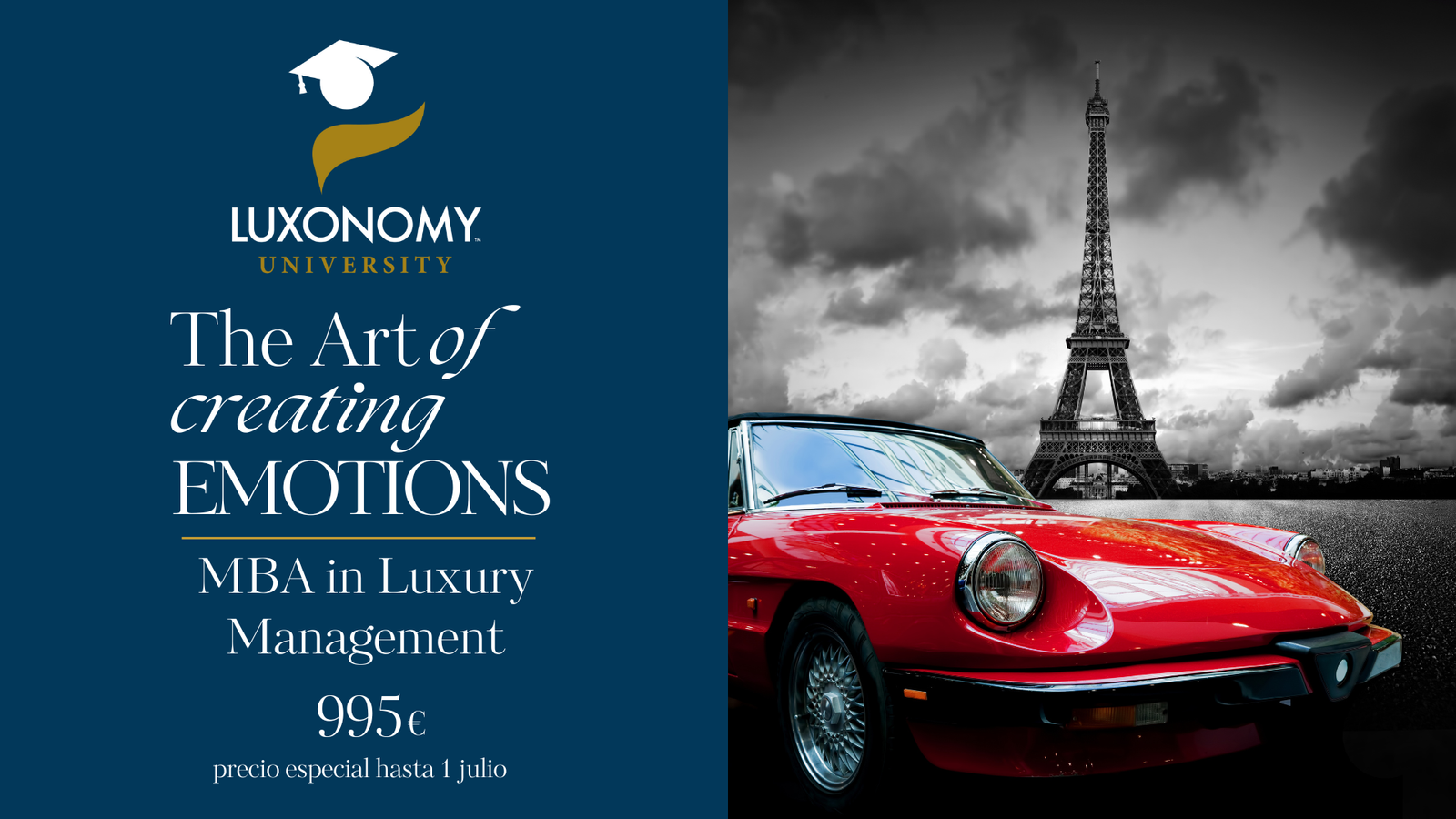Global Luxury Cools Down

Global personal luxury goods sales could fall by 2% to 5% in 2025, according to a revised forecast by Bain & Company. This sharp downgrade reflects a combination of economic, geopolitical, and psychological factors that have dampened consumer enthusiasm following the post-pandemic boom.
Bain Cuts Forecasts Amid Market Headwinds
In its Spring update, Bain cut its previous expectations for the luxury sector: while it had forecast up to 4% growth in November 2024, it now expects a contraction of up to 5%. The reasons: slower consumer spending in China, cautious US buyers, high-end fatigue after years of price hikes, and more scrutiny around perceived value.
Macroeconomic Headwinds Behind the Slowdown
- China: real estate crisis and shaken consumer confidence; recovery is slower than expected.
- United States: inflation and lifestyle reprioritization; demand for clear value propositions.
- Europe: flat growth relying on tourism and weak euro; general uncertainty.
- Pricing fatigue: after aggressive price increases, consumers push back against inflated tags.
- Geopolitics: new US-China-Europe tensions and tariffs weigh heavily on sentiment.
Market and Analyst Reactions
Q1 2025 earnings results triggered a widespread sell-off in luxury stocks. LVMH dropped over 7% in one day, Kering fell 14% in the quarter, and Hermès temporarily became the world’s most valuable luxury firm. Analysts like Morgan Stanley and Bernstein downgraded forecasts, calling this the toughest period since 2009.
How Luxury Houses Are Responding
- LVMH: relies on diversification—perfumes, jewelry, wines—while maintaining marketing investment and avoiding excessive price hikes.
- Kering: in full brand repositioning, especially Gucci, which saw a sharp sales drop. New creative leadership is under way.
- Richemont: resilient due to high jewelry and careful pricing; avoids full tariff pass-throughs.
- Hermès: maintains its strategy of exclusivity, controlled production, and steady pricing.
2025 Growth Forecast Comparison
| Source | 2025 Forecast |
|---|---|
| Bain & Co (Nov 2024) | 0% to +4% |
| Bain & Co (May 2025) | –2% to –5% |
| Bernstein Research | –2% |
| McKinsey (2024–2027 avg) | +1% to +3% annually |
Looking Ahead to 2030: Tech, Markets, and Generational Shifts
Despite short-term pressures, luxury is set to evolve significantly by 2030. Key drivers include:
- Emerging markets: India, Southeast Asia, Latin America, and Africa will become critical growth engines.
- Technology: AI, personalization, omnichannel retail, and luxury digital assets will define the new landscape.
- Gen Z & Alpha: sustainability, authenticity, and unique experiences will be central to brand loyalty.
- Digital luxury: metaverse, NFTs, and digital fashion offer new revenue paths, albeit still nascent.
Sources: Bain & Company, McKinsey & Company, Morgan Stanley, Bernstein Research, corporate earnings, and global financial media..
Share/Compártelo
- Click to share on LinkedIn (Opens in new window) LinkedIn
- Click to share on WhatsApp (Opens in new window) WhatsApp
- Click to share on Facebook (Opens in new window) Facebook
- Click to share on X (Opens in new window) X
- Click to share on Threads (Opens in new window) Threads
- Click to email a link to a friend (Opens in new window) Email
- Click to print (Opens in new window) Print
- More
Related
Discover more from LUXONOMY
Subscribe to get the latest posts sent to your email.



















